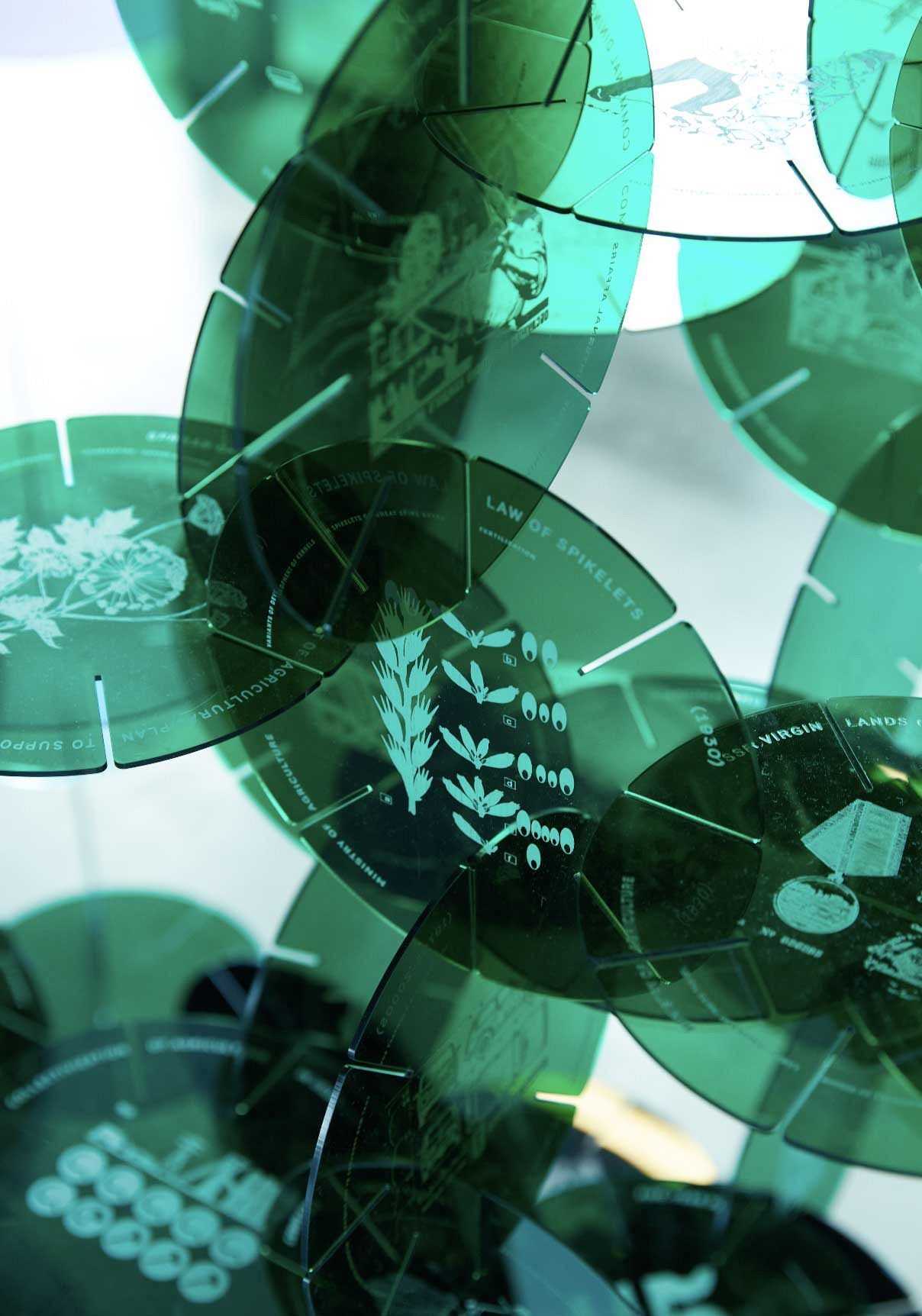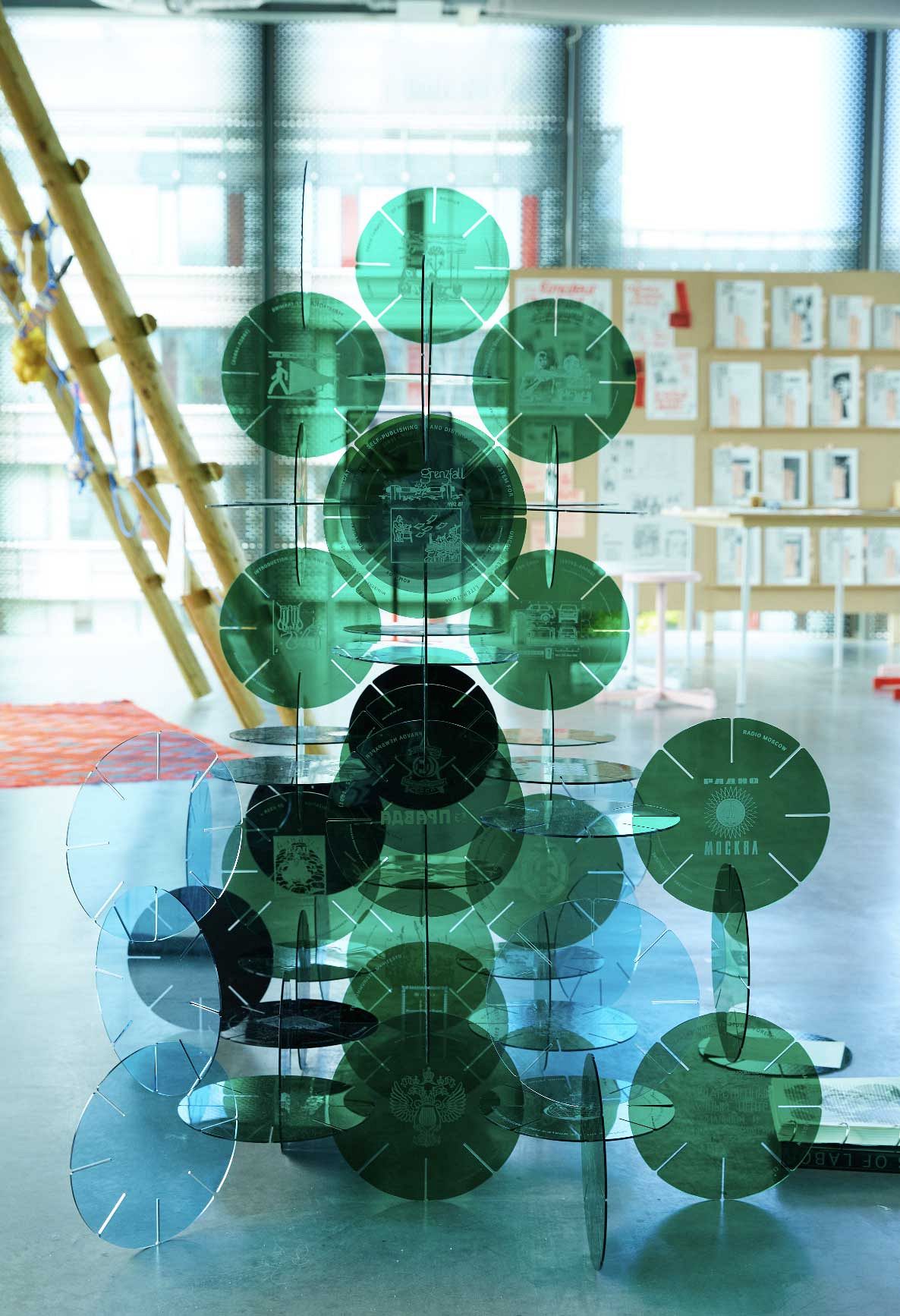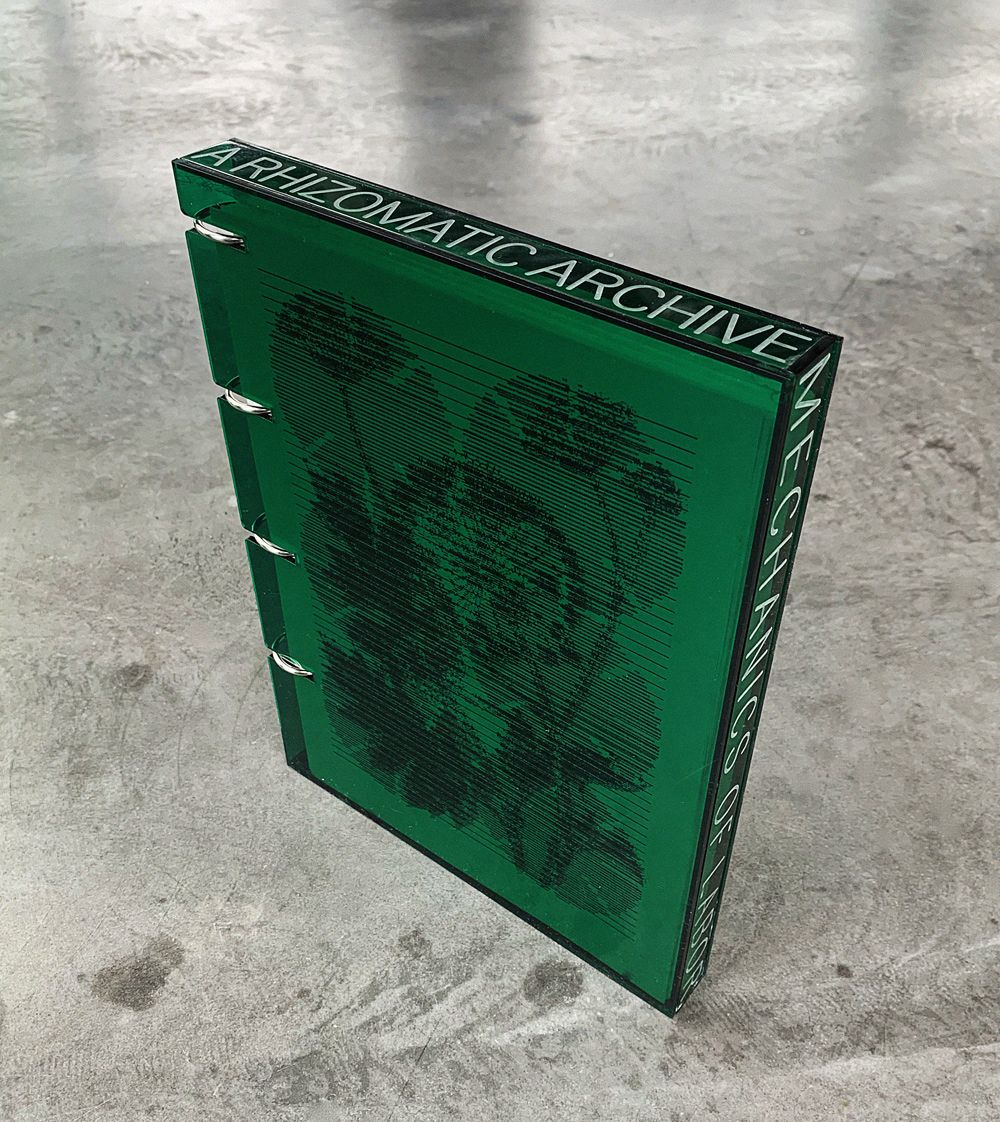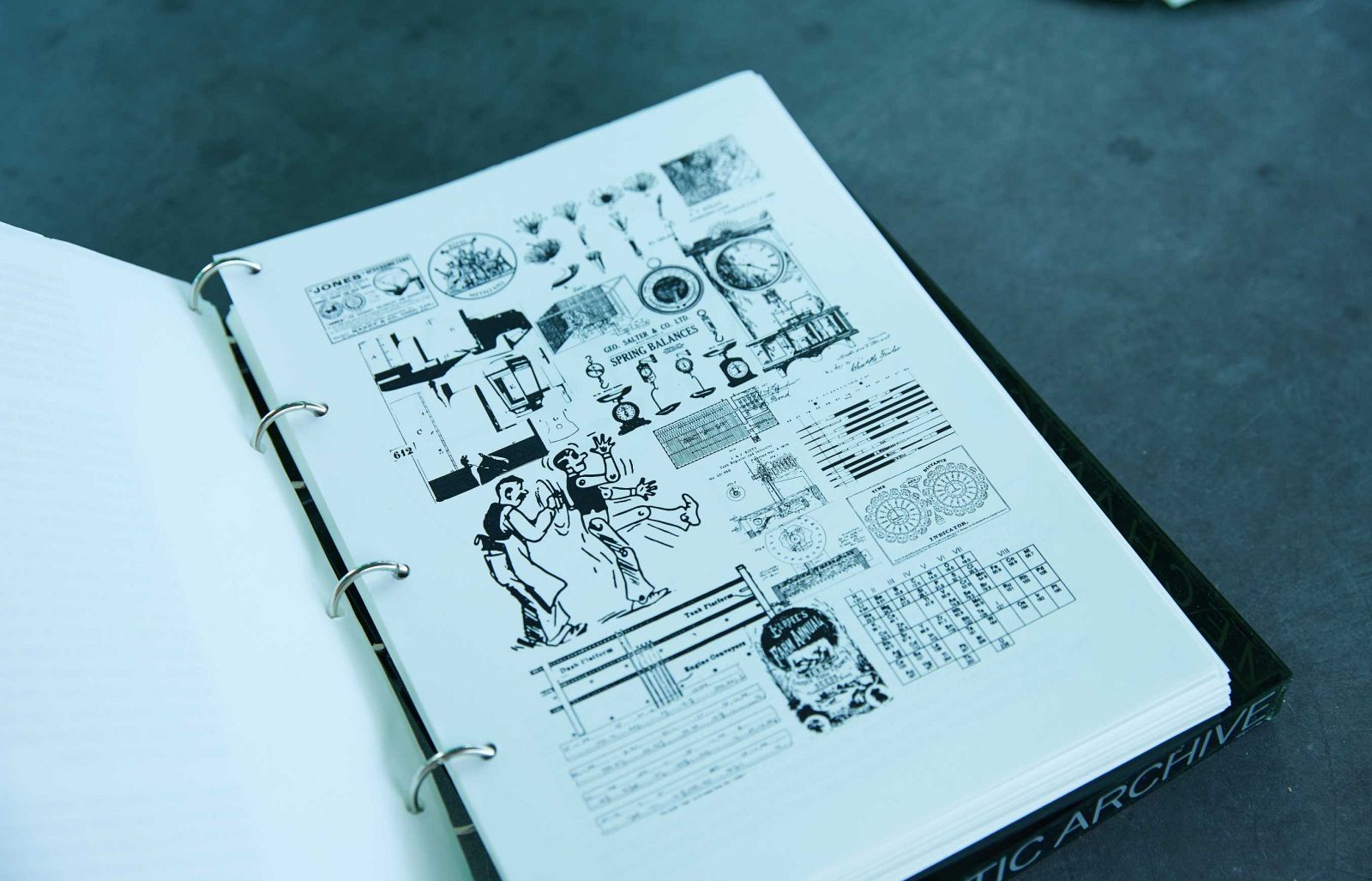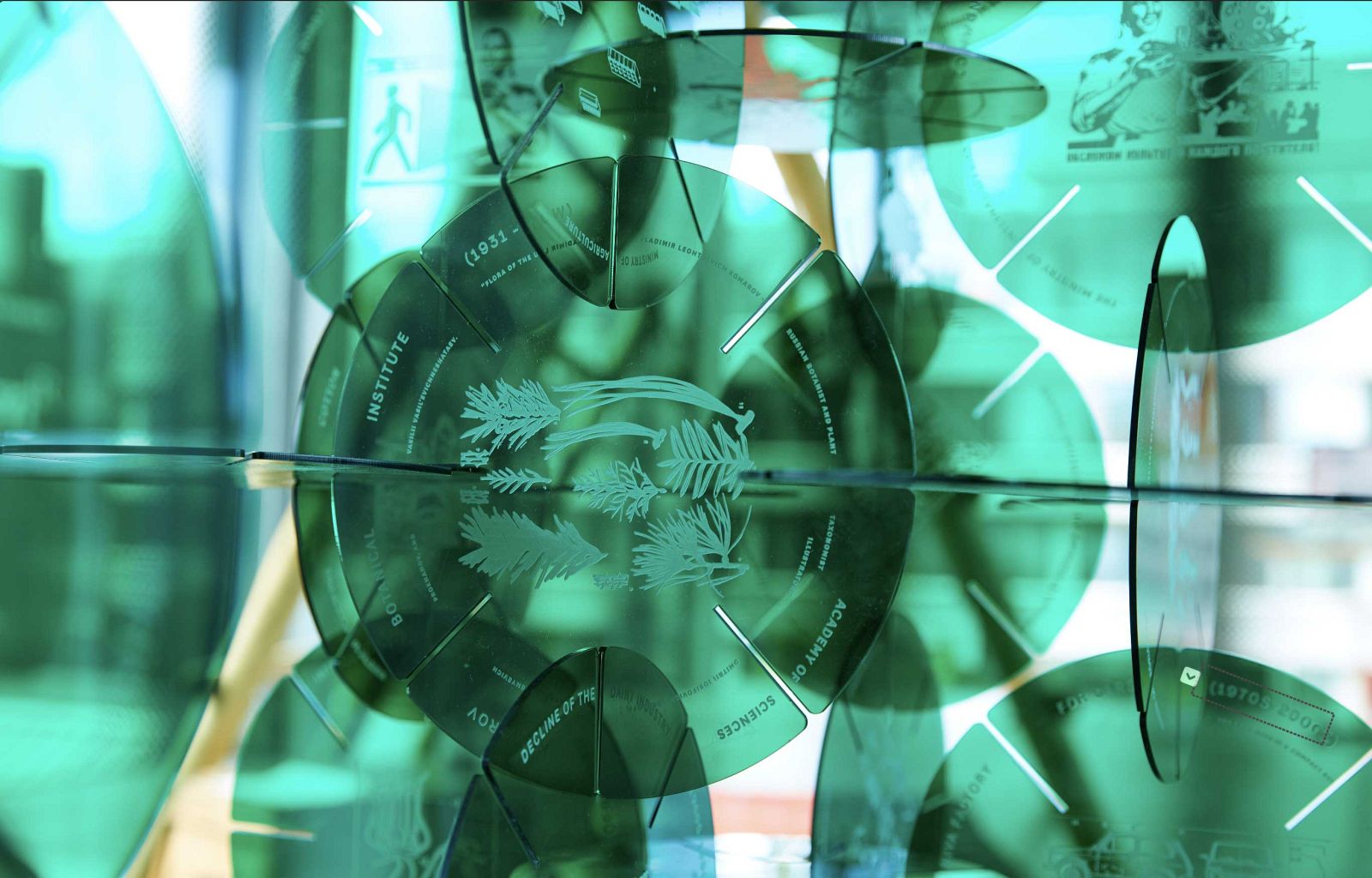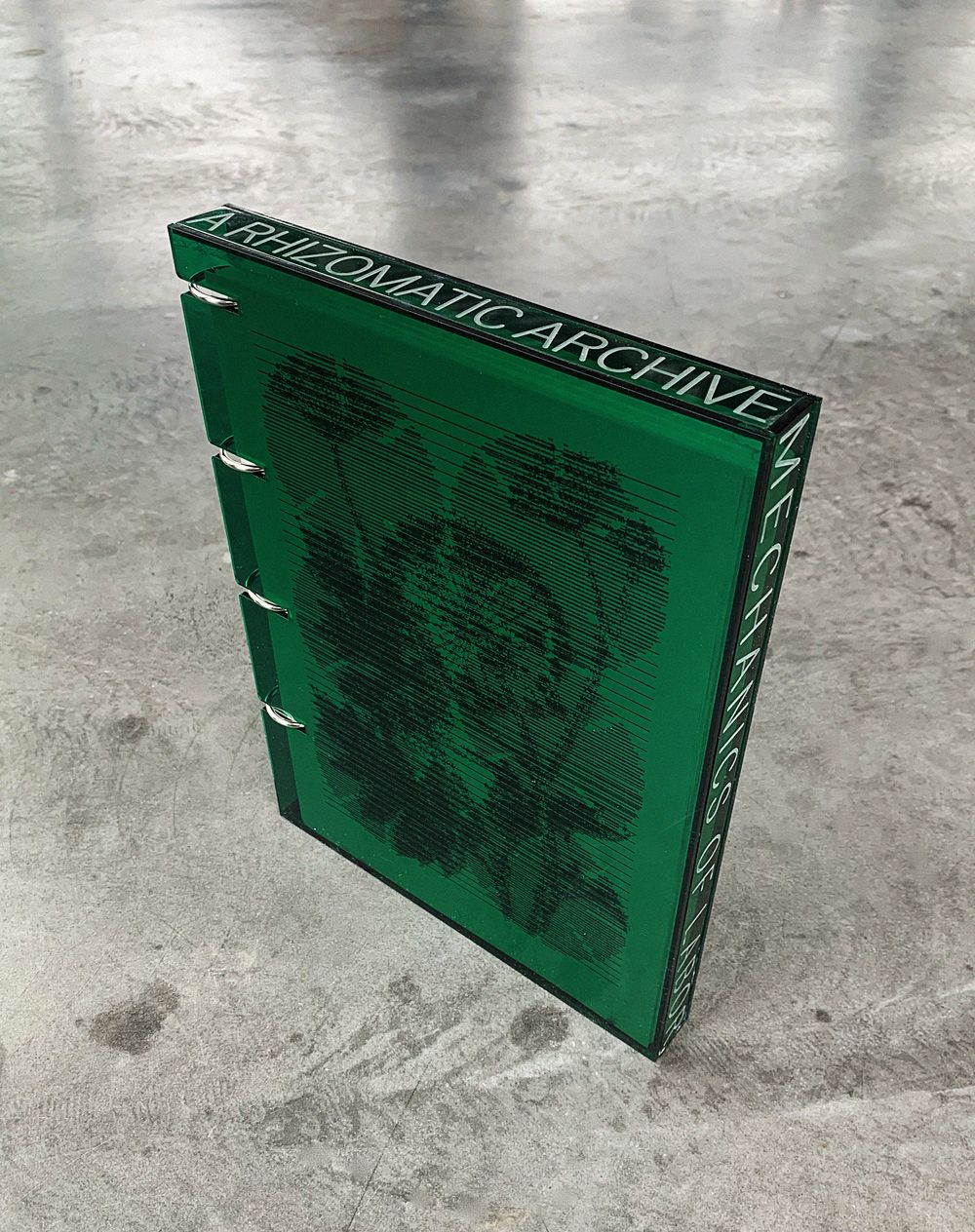
Valters Kalsers
Internship: Support System
Read Thesis
The post-USSR history we grew designers in was a conspirative one. We are generationally trained in navigating between mild distrust in governance and romanticizing a regional ethos. For us what was real and what was not was not based on facts, but on structural narratives, superstitions and communal fears. Built in these stories were emblematic agents constituting a system of control and tradition we eventually emerged from, but never the same.
The story of the Giant Hogweed is the conspirative narrative from our childhood. The infamous killer plant, an unprecedented invasion of our 'native' ecology, an unappreciated leftover from the Soviet agricultural dream. Unintentionally toxic and overpowering it became a political tool disproportionally resented for what it has always been — a regionally common rural weed. What was hated was not the deadliness of the plant, but the bacterial nature of its presence — originally propagated by the Soviet regime, it continued to spread along its own unpredictable routes, occupying territories, ecologies, and regional agricultures. The initial political innocence of an agricultural plant turned into a strategic tool for sustainable ecocide. Collective cultural memories and research explorations indicate two possibilities — the Giant Hogweed was either a design mistake or the ultimate political treachery. Situated among communist systems, programs, and development plans, how did its spread become an uncontrollable agricultural fiasco for generations to come?
More than building new historical narratives, the Rhizomatic Archive is a moment for structural conspiring. An epistemological playground designed for messing around with realness and fiction as it was remembered contrasting to how it was presented. Political elements of the past are given space to come together in multi-story information patterns. Mirroring the socialist narrative building, the richer the structures we build become, the less accurate each of the parts must be. It’s the structure that becomes the truth.

